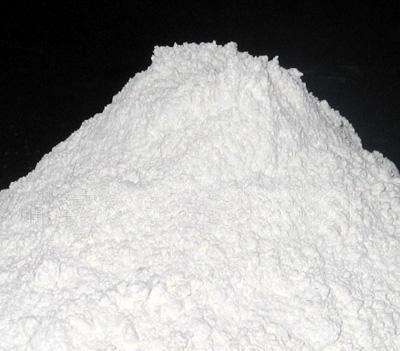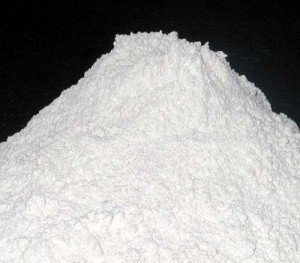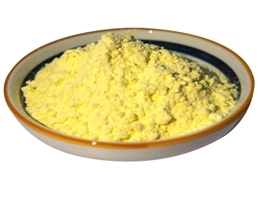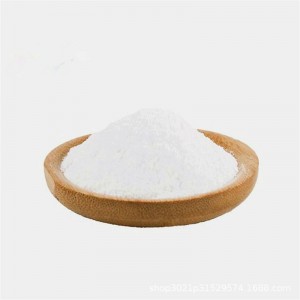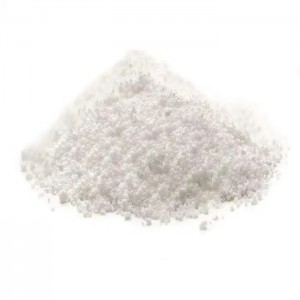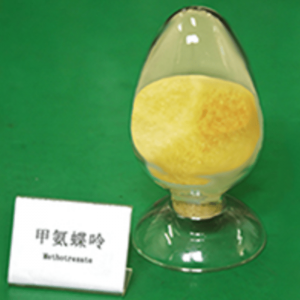| Basic Information | |
| Product name | Cromolyn Disodium |
| CAS No. | 15826-37-6 |
| Appearance | White to Off-White Powder |
| Storage | 2-8°C |
| Shelf Life | 2 years |
| Package | 25kg/Drum |
Product Description
Sodium cromoglycate is the sodium salt and common market from of cromoglicic acid, which is a synthetic compound, and as a mast cell stabilizer. It is capable of inhibiting the antigen-induced bronchospasms, and thus being used to treat the asthma and allergic rhinitis. It can also be applied as an ophthalmic solution for the treatment of conjunctivitis and systemic mastocytosis and ulcerative colitis. It is capable of inhibiting the degranulation of mast cells, further preventing the release of histamine and slow-reacting substance of anaphylaxis (SRS-A), the mediators of type I allergic reaction. It is also capable of inhibiting the release of inflammatory leukotrienes and inhibiting calcium influx.
Product Application
Used to prevent the onset of allergic asthma, improve subjective symptoms, and increase patients' tolerance to exercise. For patients who rely on corticosteroids, taking this product can reduce or completely stop them. Most children with chronic refractory asthma who use this product have partial or complete relief. When used in combination with isoproterenol, the effective rate is significantly higher than when used alone. But this product takes effect slowly and needs to be used continuously for several days before it can take effect. If the disease has already occurred, medication is often ineffective. Clinical studies have also found that sodium cromolyte is effective not only in allergic asthma, which plays a major role in allergic factors, but also in chronic asthma, where allergic effects are not significant. Used for allergic rhinitis and seasonal hay fever, it can quickly control symptoms. External use of ointment for chronic allergic eczema and certain skin pruritus has also shown significant therapeutic effects. 2% to 4% eye drops are suitable for hay fever, conjunctivitis, and vernal keratoconjunctivitis.

